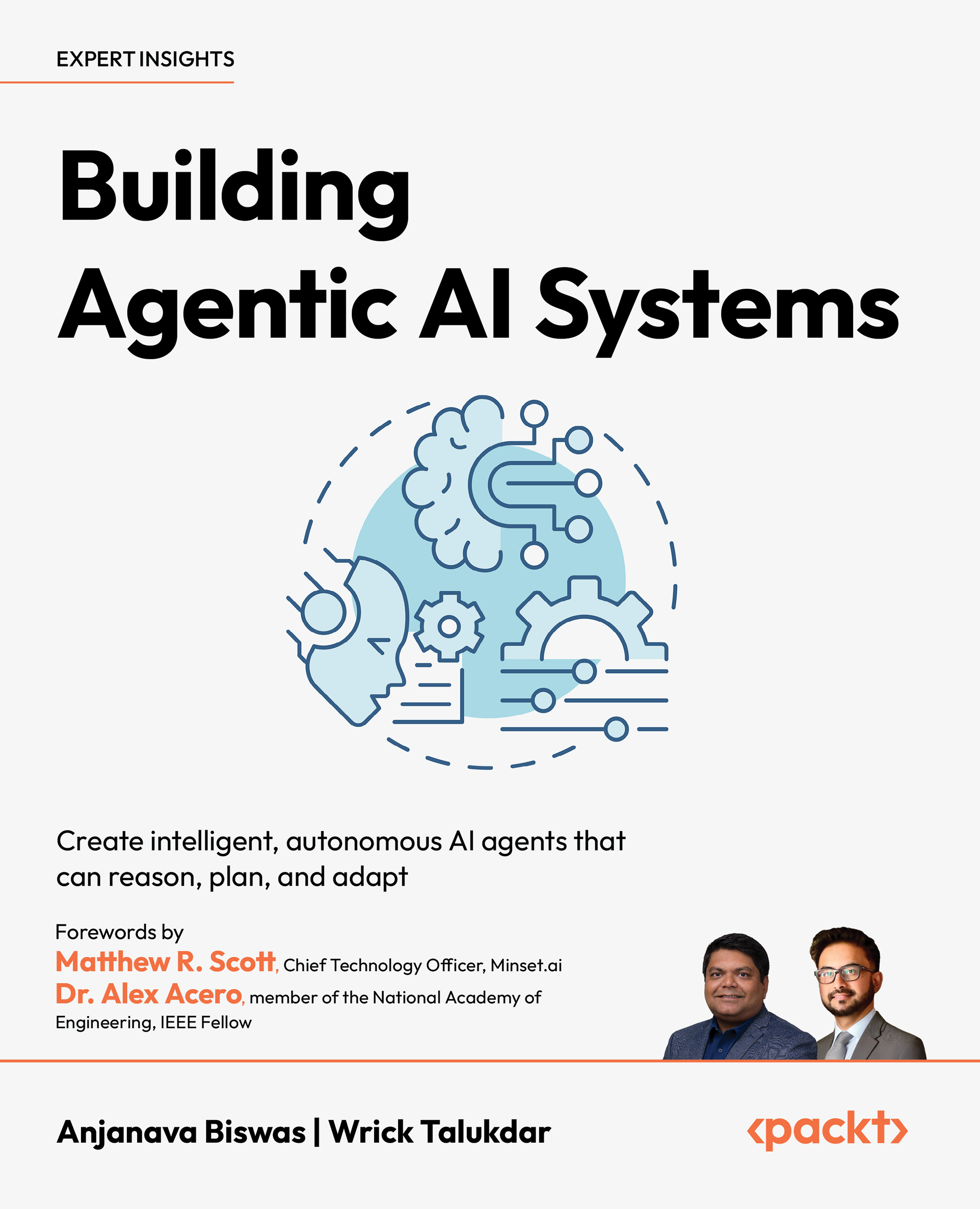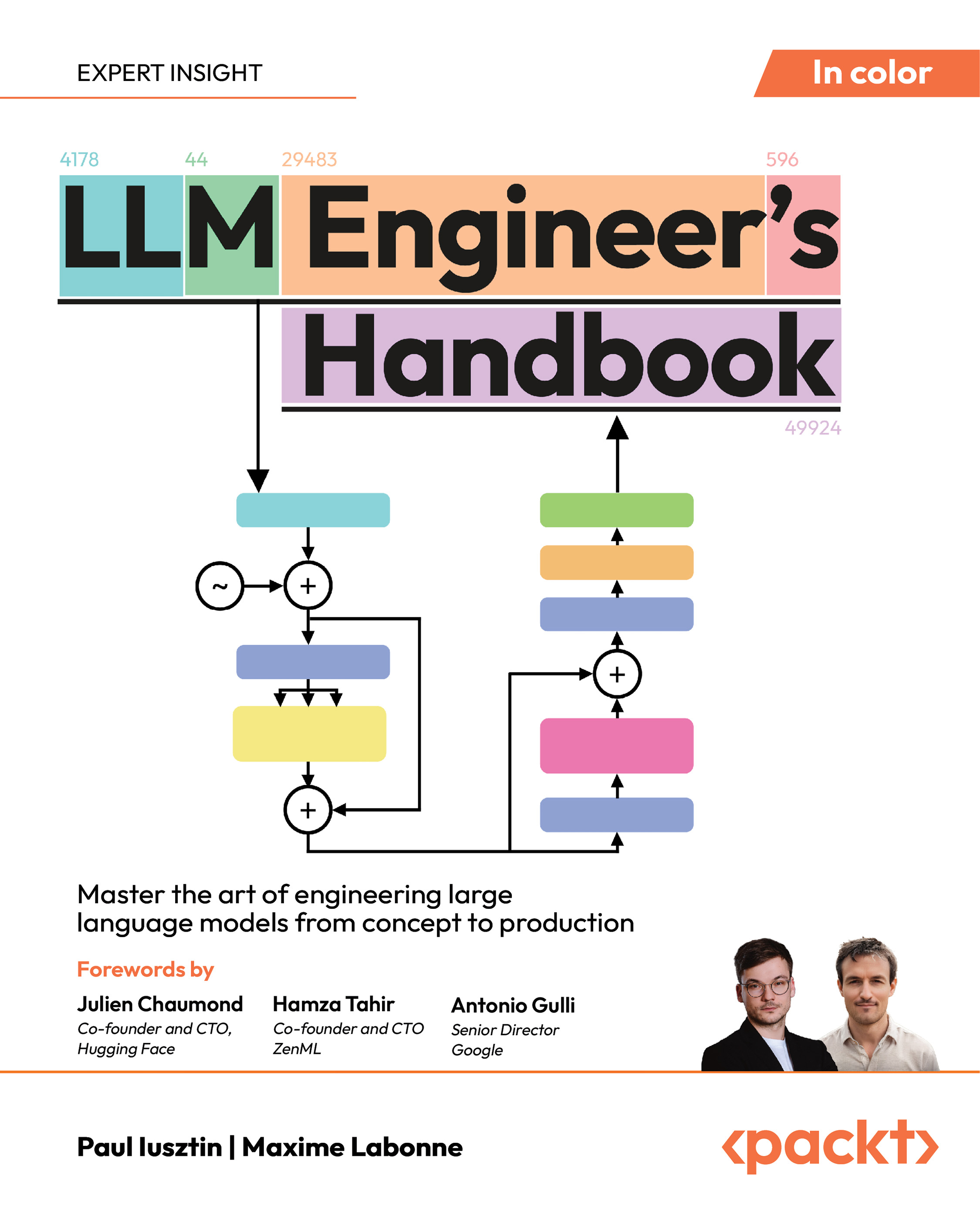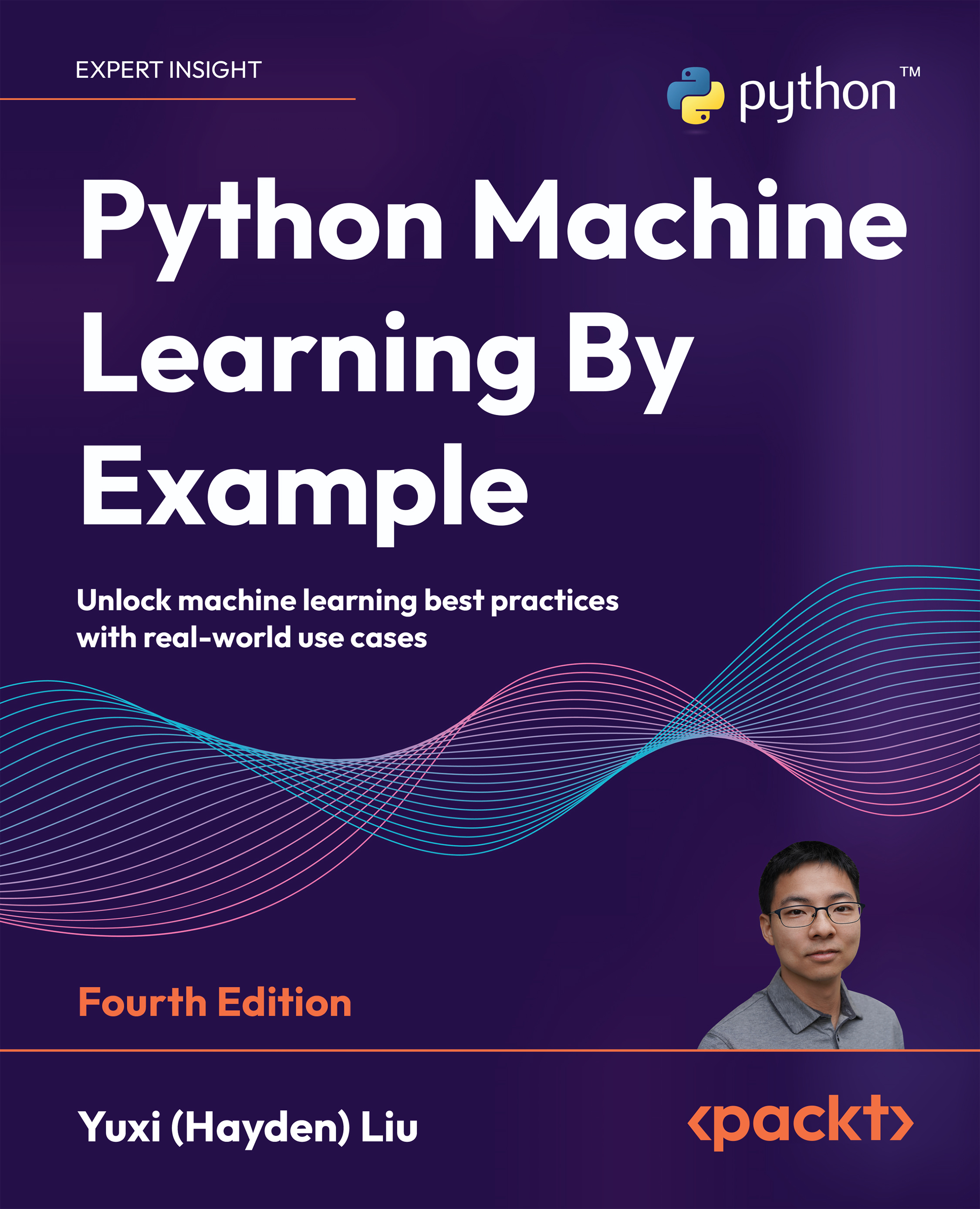Long gone are the days when people would go out exploring one store to another, to buy that beautiful pink dress or a particular pair of shoe.The e-commerce revolution, has surged online shopping drastically. How many time have we heard physical stores are dying. And yet they seem to have a cat-like hold on their lifespan. Wonder why? Because not everyone likes shopping online. We are aware of a group of people who still prefer to buy from the brick and mortar structure. They are like the doubting Thomas, remember the touch and believe concept?
For customers who love shopping physically in a store, retailers strive to create a fascinating shopping experience in a way that online platform cannot offer. This is especially important for them to increase sale and generate profits on peak festive seasons such as Black Fridays or New Year’s.
A lot has been talked about the wonders retail analytics data can do for e-commerce sites, read this article for instance. But not as much is talked about traditional stores. So, here we have listed down 10 retail analytics options for offline retailers, to capture maximum customer attention and retention.
1. Location analytics and proximity marketing
A large number of retail stores collect data to analyze the volume of customers buying online and offline. They use this data for internal retail analytics, which helps them in merchandise tracking, adjust staffing levels, monitor promotions and so on. Retailers benefit from location analytics in order to detect a section of the store with high customer traffic. Proximity marketing uses location-based technology to communicate with customers through their smartphones. Customers receive targeted offers and discounts based on their proximity to the product. For instance, a 20% off on the floral dress to your right. Such on-the-go attractive deals have a higher likelihood of resulting in a customer sale.
Euclid Analytics provides solutions to track the buying experience of every visitor in the store. This helps retailers retarget and rethink their strategies to influence sales at an individual customer level.
2. Music systems
Nowadays, most large retail formats have music systems set up for the customers. A playlist with a mixed genre of music is an ideal fit for various customers visiting the store. Retailers use the tactic right, with a correct tempo, volume, and genre to uplift customer’s mood resulting in a purchase. They also have to keep in mind the choice of a playlist. As, music preferences differ with generation, behavior, and the mood of the customer. Store owners opt for music services with a customized playlist to create an influential buying factor.
Atmos select provides a customized music service to retailers. It takes customer demographics into consideration to draft an audio branding strategy. It is then used to design an audio solution for most of the retail outlets and stores.
3. Guest WiFi
Guest wifi benefits customers by giving them free internet connection while they shop. Who would not want that? However, not only customers but retailers too benefit with such an offering. An in-store wifi provides them with detailed customer analytics and enables to track various shopping patterns. Cloud4Wi, offers Volare guest Wi-Fi, which provides free wi-fi service to customers within the retail store. It provides a faster and easier login option, to connect to the wifi. It also collects customer’s data for retailers to provides unique and selective marketing list.
4. Workforce tools
Unison among the staff members within the work environment creates positivity in store. To increase communication between the staff, workforce tools are put to use. These are various messaging applications and work-planner platforms that help in maintaining a rapport among the staff members. It helps empower employees to maintain their work-life, check overtime details, attendance, and more. Branch, a tool to improve workforce productivity, helps internal messaging networks and also notifies employees about their shift timing, and other details.
5. Omnichannel retail analytics
Omnichannel retail enables customer with an interactive and seamless shopping experience across platforms. Additionally, with the data collected from different digital channels, retailers get an overview of customer’s shopping journey and the choices they made over time. Omnichannel analytics also assists them to showcase personalized shopping ads based on customer’s social media habits. Intel offers solutions for Omnichannel analytics which helps retailers increase customer loyalty and generate substantial revenue growth.
Unlock access to the largest independent learning library in Tech for FREE!
Get unlimited access to 7500+ expert-authored eBooks and video courses covering every tech area you can think of.
Renews at AU $24.99/month. Cancel anytime
6. Dressing Room Technology
The mirror within the trial room knows it all! Retailers can attract maximum customer traffic with the mirror technology. It is an interactive, touch screen mirror that allows customers to request new items and adjust the lights in the trial room. The mirror can also sense products that the customer brings in, using the RFID technology, and recommends similar products. It also assists them in saving products to their online accounts-- in case they decide to purchase them later--or digitally seek assistance from the store associate. Oak Labs, has created one such mirror which transforms customer trial room experience while bridging the gap between technology and retail.
7. Pop-ups and kiosks
Pop-ups are mini-outlets for large retail formats, set up to sell a seasonal product. Whereas kiosks are temporary alternatives for retailers, to attract a high number of footfalls in store. Both pop-ups and kiosks benefit shoppers with the choice of self-service. They get an option to shop from the store’s physical as well as online product offering. They not only enable secure purchase but also deliver orders to your doorstep. Such techniques attract customers to choose retail shopping over online shopping.
Withme, a startup firm that offers a platform to set up POP ups for retail outlets and brands.
8. Inventory management
Managing the inventory is a major task for a store manager - to place the right product in the right place at the right time. Predictive analytics helps optimize inventory management for proper allocation, and replenishment process. It also equips retailers to markdown the inventory for clearance to reload a new batch. Celect, an inventory management startup helps retailers to analyze customer preferences and simultaneously map future demand for the product. It also helps in extraction of existing data from the inventory to gain meaningful insights. Such insights can then be taken into account for the faster sale of inventory and to get a detailed retail analytics based sales report.
9. Smart receipts and ratings
Retailers continuously aim to provide better quality service to the customer. Receiving a 5-star rating for their service in return is like a cherry on the cake. For higher customer engagement, retailers offer smart receipts, which helps retailers collect customer email addresses to send promotional offers or festive sale discounts. Retailers also provide customers with personalized offerings and incentives in order to attract customer revisitation. To know how well retailers have fared in providing services, they set up a digital kiosk at the checkout area, where in-store customers can rate retailers based on the shopping experience. Startup firms such as TruRating aid retailers with a rating mechanism for shoppers at the checkout. FlexReceipts helps retailers to set up smart receipt application for the customers.
10. Shopping cart tech
Retailers can now provide a next-gen shopping cart to their customers. A technology that can guide customer’s in-store shopping journey with a tablet-equipped shopping cart. The tablet uses machine vision to keep a track of the shelves, as the cart moves within the store. It also displays digital-ads to promote each product, the shopping cart passes through. Focal Systems build powerful technical assistance for retailers, which can give tough competition to their online counterparts.
Online shopping is convenient but more often than not we still crave for the look and feel of a product and the immersive shopping experience especially during holidays and festive occasions. And that’s the USP of a Brick and Mortar shop. Offline retailers who know their data and know how to leverage retail analytics using advances in machine learning and retail tech stand a chance to provide their customers with a shopping experience superior to their online counterparts.
 United States
United States
 Great Britain
Great Britain
 India
India
 Germany
Germany
 France
France
 Canada
Canada
 Russia
Russia
 Spain
Spain
 Brazil
Brazil
 Australia
Australia
 Singapore
Singapore
 Canary Islands
Canary Islands
 Hungary
Hungary
 Ukraine
Ukraine
 Luxembourg
Luxembourg
 Estonia
Estonia
 Lithuania
Lithuania
 South Korea
South Korea
 Turkey
Turkey
 Switzerland
Switzerland
 Colombia
Colombia
 Taiwan
Taiwan
 Chile
Chile
 Norway
Norway
 Ecuador
Ecuador
 Indonesia
Indonesia
 New Zealand
New Zealand
 Cyprus
Cyprus
 Denmark
Denmark
 Finland
Finland
 Poland
Poland
 Malta
Malta
 Czechia
Czechia
 Austria
Austria
 Sweden
Sweden
 Italy
Italy
 Egypt
Egypt
 Belgium
Belgium
 Portugal
Portugal
 Slovenia
Slovenia
 Ireland
Ireland
 Romania
Romania
 Greece
Greece
 Argentina
Argentina
 Netherlands
Netherlands
 Bulgaria
Bulgaria
 Latvia
Latvia
 South Africa
South Africa
 Malaysia
Malaysia
 Japan
Japan
 Slovakia
Slovakia
 Philippines
Philippines
 Mexico
Mexico
 Thailand
Thailand














